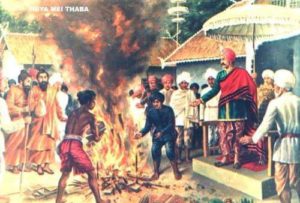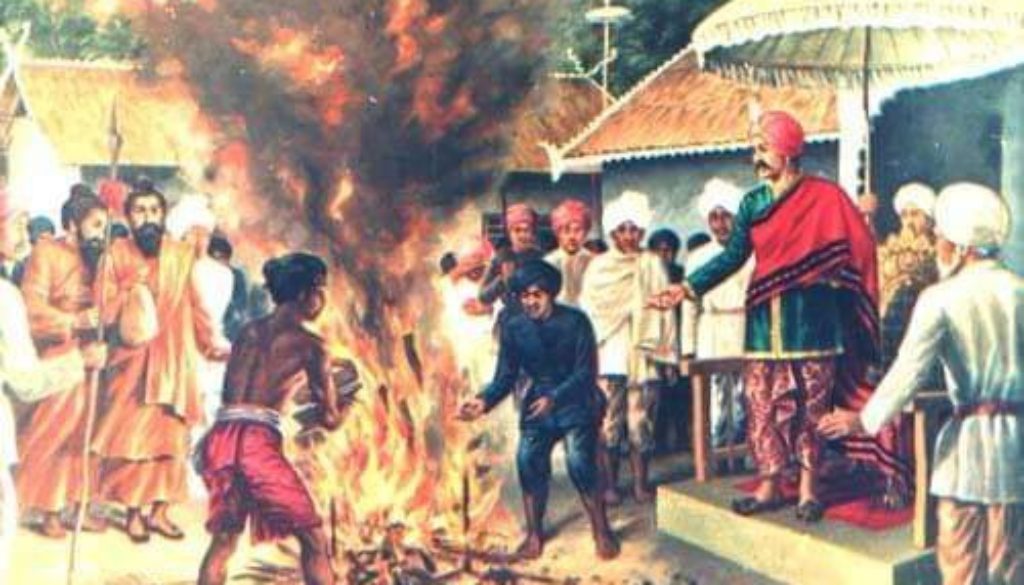Why Meitei Mayek?
 Why am I planning to include the Meitei Mayek script in the “Right to Speak, Right to Read, Right to Write” sculpture I’m going to carve, if our Kickstarter campaign is successful?
Why am I planning to include the Meitei Mayek script in the “Right to Speak, Right to Read, Right to Write” sculpture I’m going to carve, if our Kickstarter campaign is successful?
Because it shows dramatically, even violently, what the Endangered Alphabets are all about.
I’ll explain. It’s almost impossible for us in the West to imagine what it would be like to lose our alphabet. We are in the privileged position of not having to learn another script, and barely even any other languages, in order to live our lives.
The Meitei Mayek script presents us with a what-if scenario that may just jolt us into thinking how profoundly important and valuable one’s script is.
It was used for centuries, perhaps even millennia, to write the Manipuri language of northeast India, but it was lost almost overnight when Shantidas Gosai, a Hindu missionary, spread Vaishnavism in the region in 1709.
King Pamheiba, who converted, decreed that Meitei Mayek should be replaced by the Bengali script. Books and documents in Manipuri were burned—such a catastrophic and traumatic event in Manipuri history that even today events and marches are held to commemorate this destruction, which is believed to have occurred on 17th Mera (October) 1729.
The current disturbing trend in the U.S. toward book-banning barely scratches the surface of what such a loss would be. If the Latin alphabet were banned and every document written in it were burned, what would happen to our knowledge, our sense of our own history, our entire identity. It would be a cultural catastrophe; we would become rootless, stateless—lost.
That’s not likely to happen to us, but it has happened or is happening to hundreds of cultures across the globe—in fact, it is what is starting to happen to the Mongols in China, as our last Kickstarter campaign showed.
So: please support the Endangered Alphabets’ efforts to combat this profound cultural disaster, and back our campaign HERE.
Thanks.

